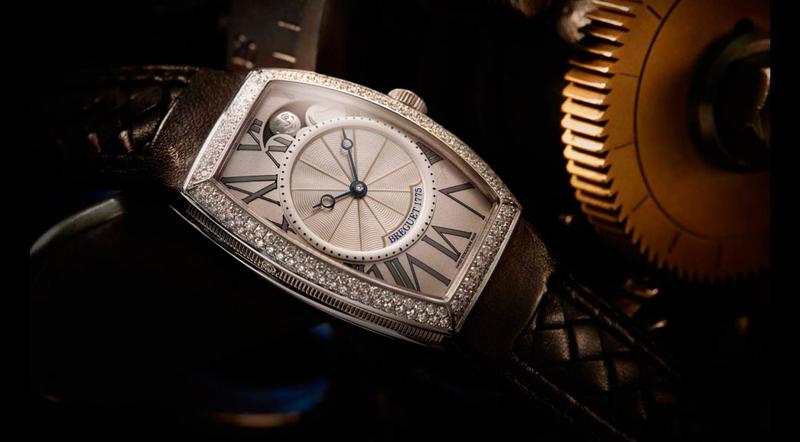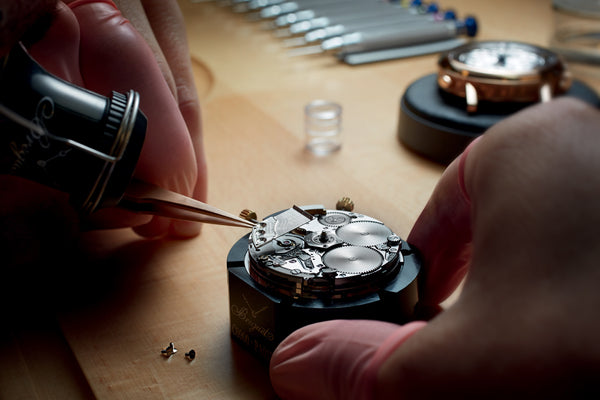
The Abraham-Louis Breguet Era
Abraham-Louis Breguet was born in 1747, in Neuchâtel, a little town that retains its high significance in the Swiss watch industry to this day. In his teens, he left the family home to first move to Versailles and then to Paris to pursue his studies as a watchmaker's apprentice. In 1775, at the age of 28, he opened his workshop in the Ile de la Cité neighborhood of Paris – only a stone's throw away from prestigious areas around the Louvre and Place Vendôme – with the assistance of a certain Abbot Joseph-François Marie, who helped the young watchmaker to not only get started under his own name but also to gain access to the French Court. Although the French aristocracy shortly began supporting the young watchmaker and entrepreneur, Breguet had to leave Paris during the French Revolution, only to return a few years later in 1795.
This short summary may appear to be but a brief chapter in Breguet's career, but we'd be awfully wrong to suggest that: let us take a quick look behind the scenes to better understand how early it was that his genius started to show in his work.
Buy Breguet watches on BitDials
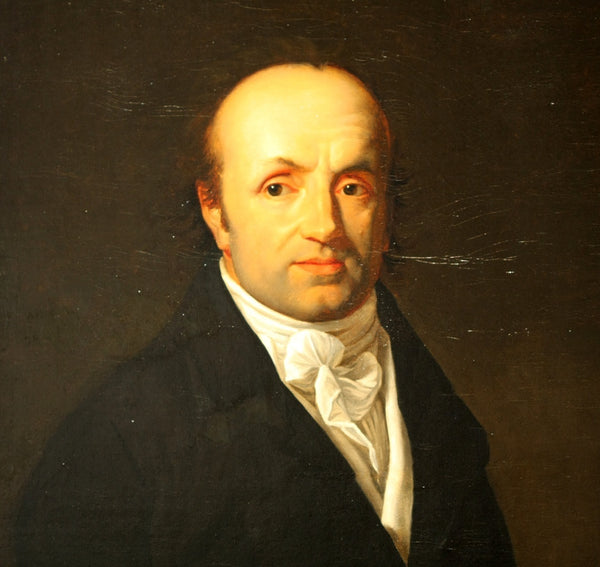
The First Automatic Winding Watch Caliber
It was in 1780, only five years into owning his workshop, that he developed the world's first automatically wound watch caliber. Yes, the very basics of modern automatic watches were laid down by Breguet's invention. His goal was to create a pocket watch that would need not be wound by a key (since winding a watch movement through the crown was not yet possible at the time), but that would rewind its mainsprings all by itself. His "perpétuelle" caliber featured an oscillating weight that would respond to the wearer’s hand gestures when holding the watch, as well as his movement when walking.
Buy Breguet watches on BitDials
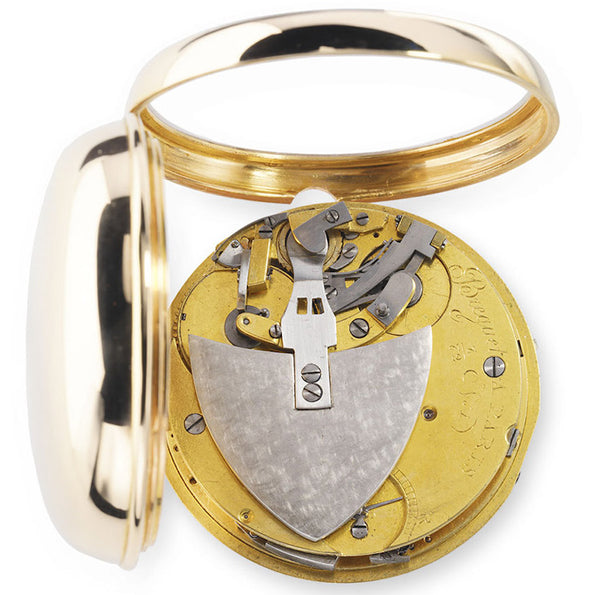
The First Minute Repeater Gong
Automatic winding added to the list, let's keep on going in chronological order: in 1783 followed the gong that has been used in nearly all minute repeater watches since. Around a century after the first hour repeater watches had been invented, Breguet was fascinated by the idea of improving the chiming sound and effectiveness of these musical mechanisms. His studies and experiments came to fruition in 1783 when he created the first striking repeating watch to be operated not by a bell but by a gong spring.
Buy Breguet watches on BitDials
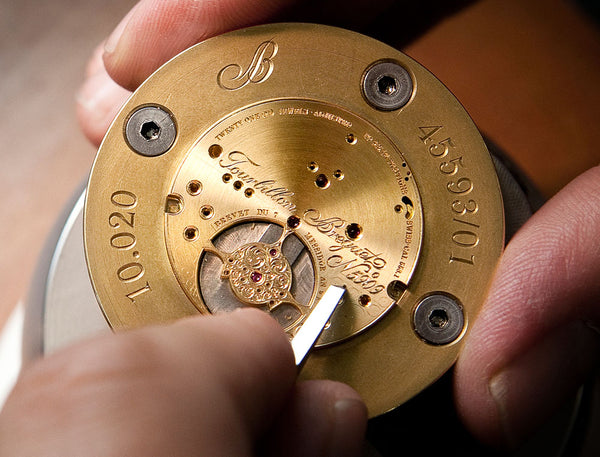
Breguet Invents The Tourbillon
1700s over, Breguet marked the new century in a grandiose way: by obtaining the patent for the tourbillon in 1801. Contrary to common belief, this is not the date when he invented the tourbillon – he started working on it as early as 1795. Interestingly, Breguet did not patent the majority of his inventions, for they took so long to develop and were so challenging to manufacture, that he did not have to worry about the (at most) handful of other watchmakers in Europe who could ever come close to copying his innovations. Still, patent the tourbillon he did, on the 26th of June in 1801. The tourbillon will need no introduction to any serious (or beginner) watch enthusiast.
Buy Breguet watches on BitDials
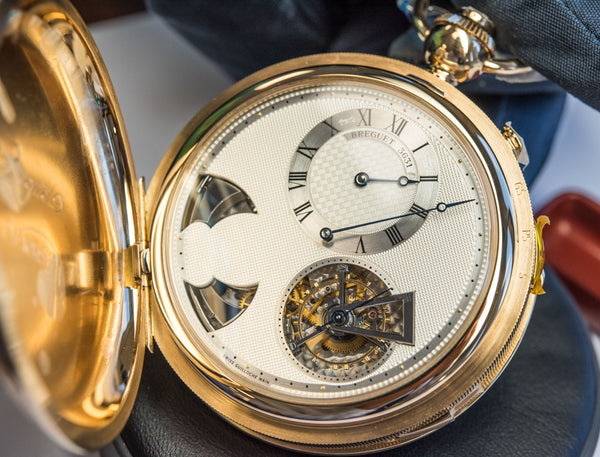
The First Wristwatch Ever Made
According to Breguet's hand-written archives, on June 8, 1810, the Queen of Naples – specifically, Caroline Bonaparte, a younger sister of Napoleon I of France – placed an order with Breguet for "a repeater watch for bracelet for which we shall charge 5,000 Francs." Yes, a watch for bracelet means a wristwatch, the very first of its kind. To fulfill the Queen's unusual order, Breguet imagined a timepiece of unprecedented construction and extraordinary refinement, namely an exceptionally thin, oval repeater watch with complications, mounted on a wristlet of hair and gold thread.
Buy Breguet watches on BitDials
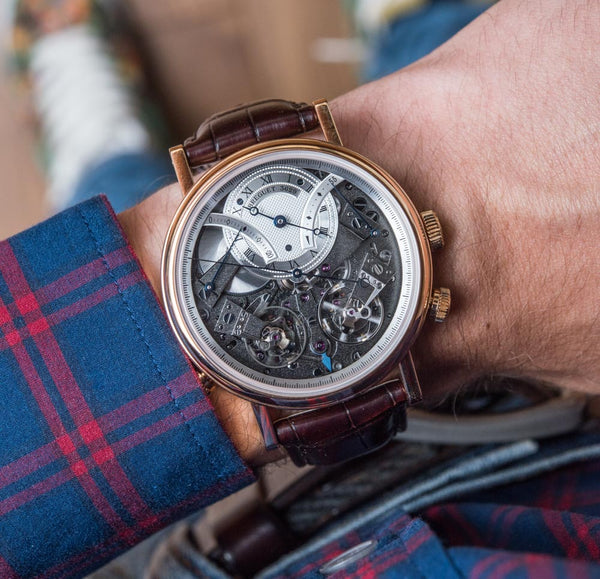
Breguet Manufacture In The 21st Century
We have looked at Breguet's key contributions and absolutely remarkable inventions in the realm of horology. With that done, let us know take a quantum leap into the 21st century. It was in 1999 when Nicolas Hayek Sr. purchased the rights to the Breguet name through the Swatch Group, taking it over from its owner at the time, Investcorp S.A. With this step, a new chapter started in the history books of Breguet, as the name started to enjoy the unfailing financial and technical support of the Swatch Group. A key step in the transformation of the Breguet name came in September 2001 when the foundations for the new Breguet manufacture were laid. In truth, what happened was that the renowned watch movement maker Lémania had been acquired, remodeled, and largely expanded to now house the Breguet manufacture. Today, the factory is several stories high and covers thousands of square meters, capable of producing not only all major (and minor) movement components, but even the tools themselves which are needed to produce said components. No waiting for tool suppliers is necessary: the manufacture's dedicated toolmaking facility can produce new ones and maintain old tools to keep manufacturing going.
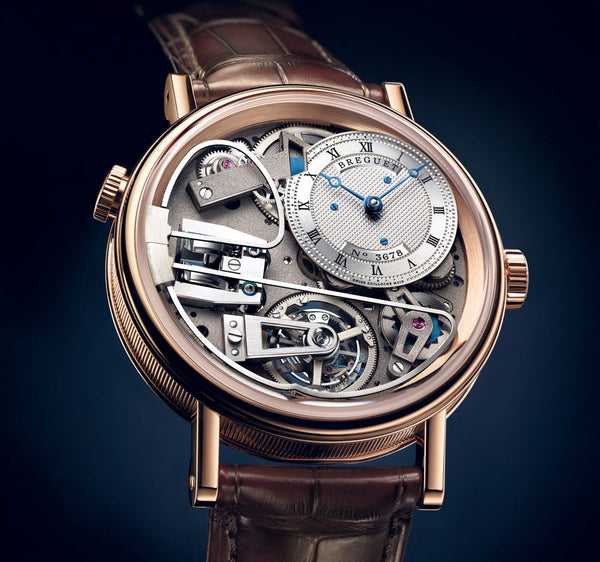
Following traditional manufacturing techniques is one thing – and something that does suffice for a lot of traditional watchmaking brands with great heritage. Abraham-Louis Breguet, however, as we have seen, created and left behind a different kind of legacy: one fundamentally based on innovation. Read more...
Buy Breguet watches with Bitcoin on BitDials
Can't find your favorite Breguet watch? Just ask our WatchFinder team via (E-Mail)
Source & Image source: ablogtowatch , worldtempus
